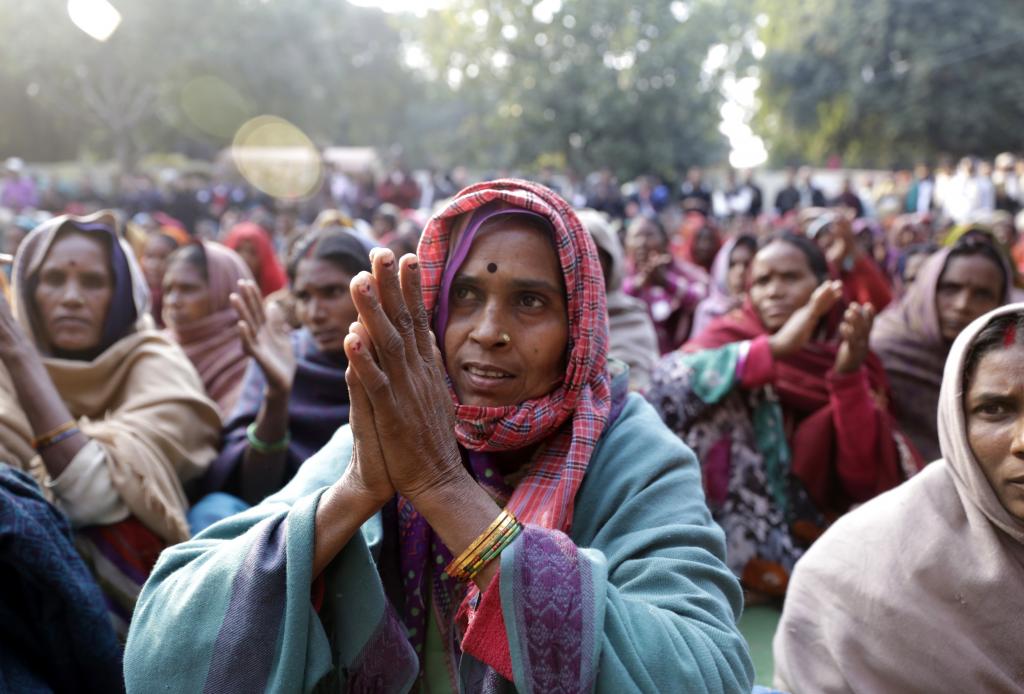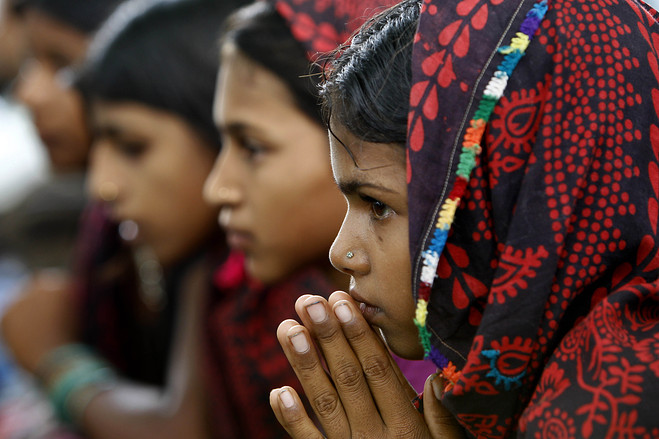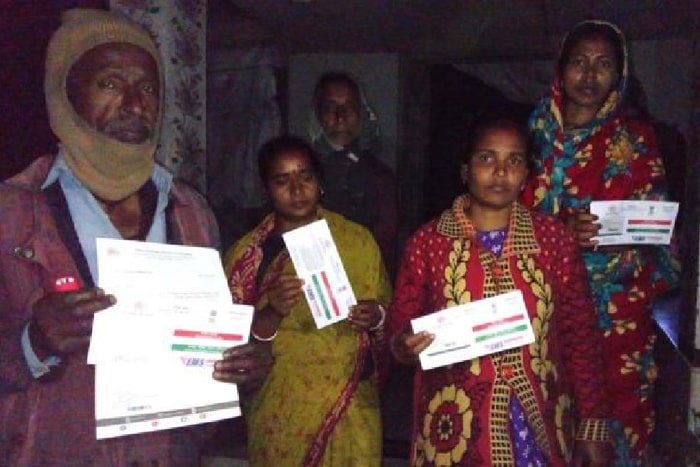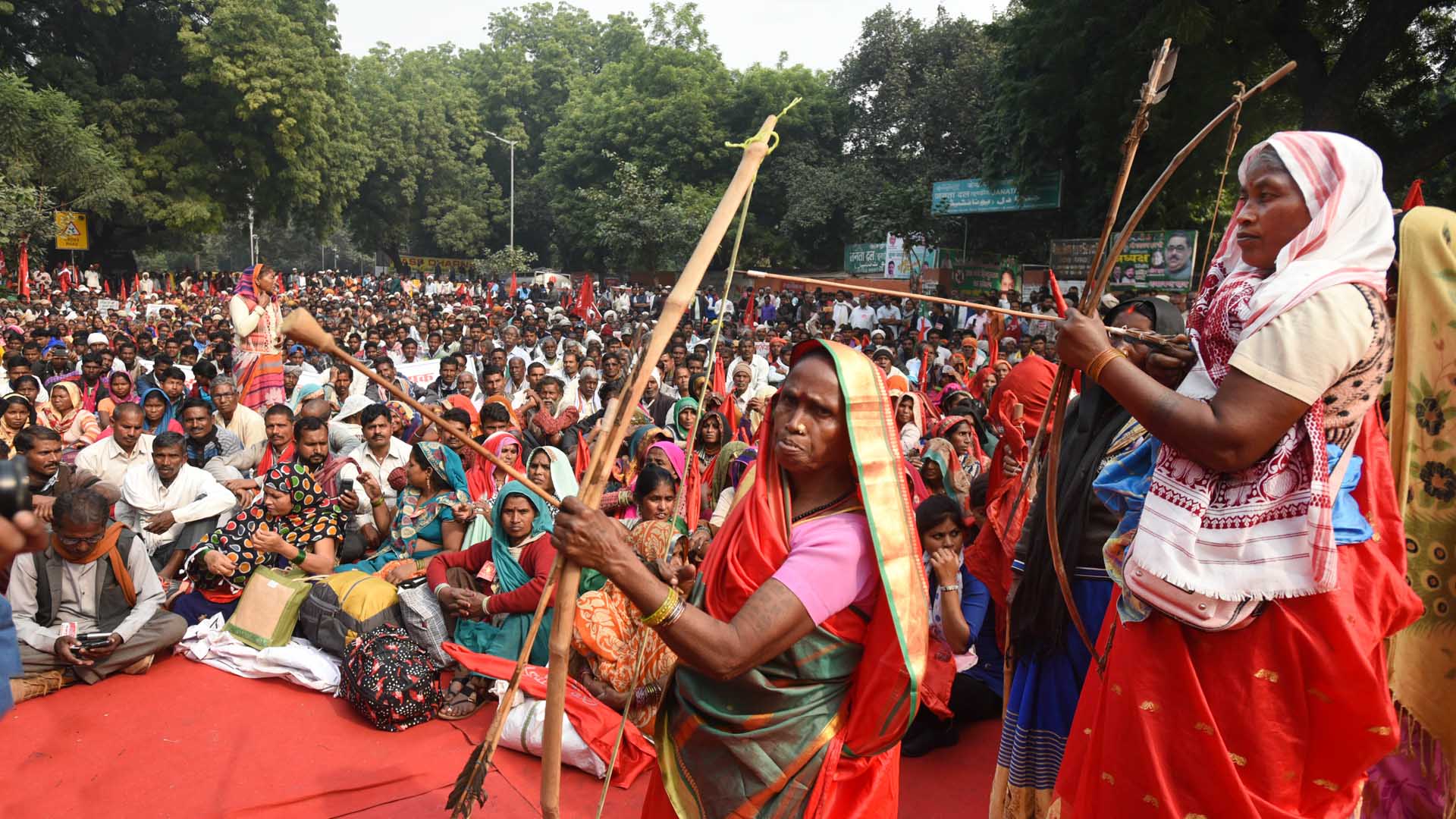Key Highlights:
- Tribal area: Santhal Pargana, Jharkhand
- Infiltration: Illegal Bangladeshi migrants in the Santhal Pargana area of the tribal state are alarming.
- Decrease in tribal population: A significant 16% decrease in the tribal population of Santhal Pargana has been observed.
- Increase in Muslim population: The Muslim population in six districts of Santhal Pargana has grown by 20-40%.
- Dramatic increase in Christian population: The Christian population in these areas has increased by a staggering 6000 times.
India’s Vanishing Tribes: Data from the office of the Registrar General of India (RGI) showed that the share of Scheduled Tribes (STs) in Santhal Pargana’s population was 44.67% in 1951 and 38.11% in 2011. Among the several issues and vulnerabilities faced by the tribes, one major concern is the serious demographic changes in areas where tribes have traditionally dominated.
The Centre was responding to a PIL filed by a BJP worker in Jharkhand, alleging that the ST population in the region was declining due to “illegal infiltrators.”
Table of Contents
What Are Scheduled Tribes?
Scheduled Tribes (STs) in India are indigenous communities recognized by the Constitution as socially and economically disadvantaged due to factors such as primitive agricultural practices, lack of infrastructure, and geographical isolation. Many of these tribes rely on subsistence farming, using basic tools and methods like shifting cultivation, and live in remote, hilly, or forested areas with minimal access to essential infrastructure such as roads, schools, and healthcare.

Article 342(1) of the Indian Constitution grants the President the authority to specify which tribes are recognized as Scheduled Tribes for each state or Union Territory, following consultation with the respective state governments. Article 342(2) empowers Parliament to amend this list by adding or removing tribes through legislation. These constitutional provisions aim to protect and promote the development of Scheduled Tribes by ensuring they receive special attention in areas like education, employment, and political representation.
Read this also: Indian Railways to Equip All Trains with Cameras Says Minister Vaishnaw
Central Government Accuses Jharkhand of Santhal Land Usurpation
The Central Government has alleged that the Jharkhand state government is failing to protect the rights of tribal communities in the Santhal Pargana region. The Centre claims that infiltrators are being given preferential treatment, allowing them to illegally occupy tribal lands through deceptive tactics, including the misuse of legal instruments like gift deeds (Danpatra). This, they argue, violates the Santhal Pargana Tenancy Act and threatens the livelihood of indigenous people.

Land Dispute Erupts in Santhal Pargana Amid Demographic Shifts
A recent incident in Pakur, Jharkhand, highlighted tensions between tribal communities and non-tribals over land ownership. A Muslim family’s attempt to claim land using a ‘Danpatra’ (gift deed) sparked clashes. The incident underscored the demographic changes in the Santhal Pargana region, where the Muslim population has increased from 9.43% in 1951 to 22.73% in 2011.
Read this also: Indian Courts Face a Growing Backlog Crisis: Urgency for Reform
UIDAI and Centre Oppose Aadhaar as Citizenship Proof in Santhal
The Centre and the Unique Identification Authority of India (UIDAI) have rejected the notion that Aadhaar can be used to determine citizenship. They clarified that Aadhaar serves solely as a unique identification number. In response to the ongoing land disputes in the Santhal Pargana region, the Centre has advocated for the implementation of the National Register of Citizens (NRC) to identify and deport infiltrators. The Centre also expressed concern over the recent surge in madrasas, particularly in border districts, and emphasized the need for NRC to effectively address infiltration.

Conclusion
The situation highlights the urgent need for legal, social, and economic measures to address the crisis facing tribal communities in Santhal Pargana. Demographic shifts, land encroachment, and government inaction have jeopardized their cultural identity and livelihoods. To protect tribal rights, the government must strengthen law enforcement, implement land reforms, promote tribal development, preserve tribal identity, foster inter-community dialogue, and address the root causes of migration from Bangladesh. By taking these steps, the government can help ensure the sustainable development and well-being of tribal communities in the region.









[…] Read this also: India’s Vanishing Tribes: A Cry for Justice […]